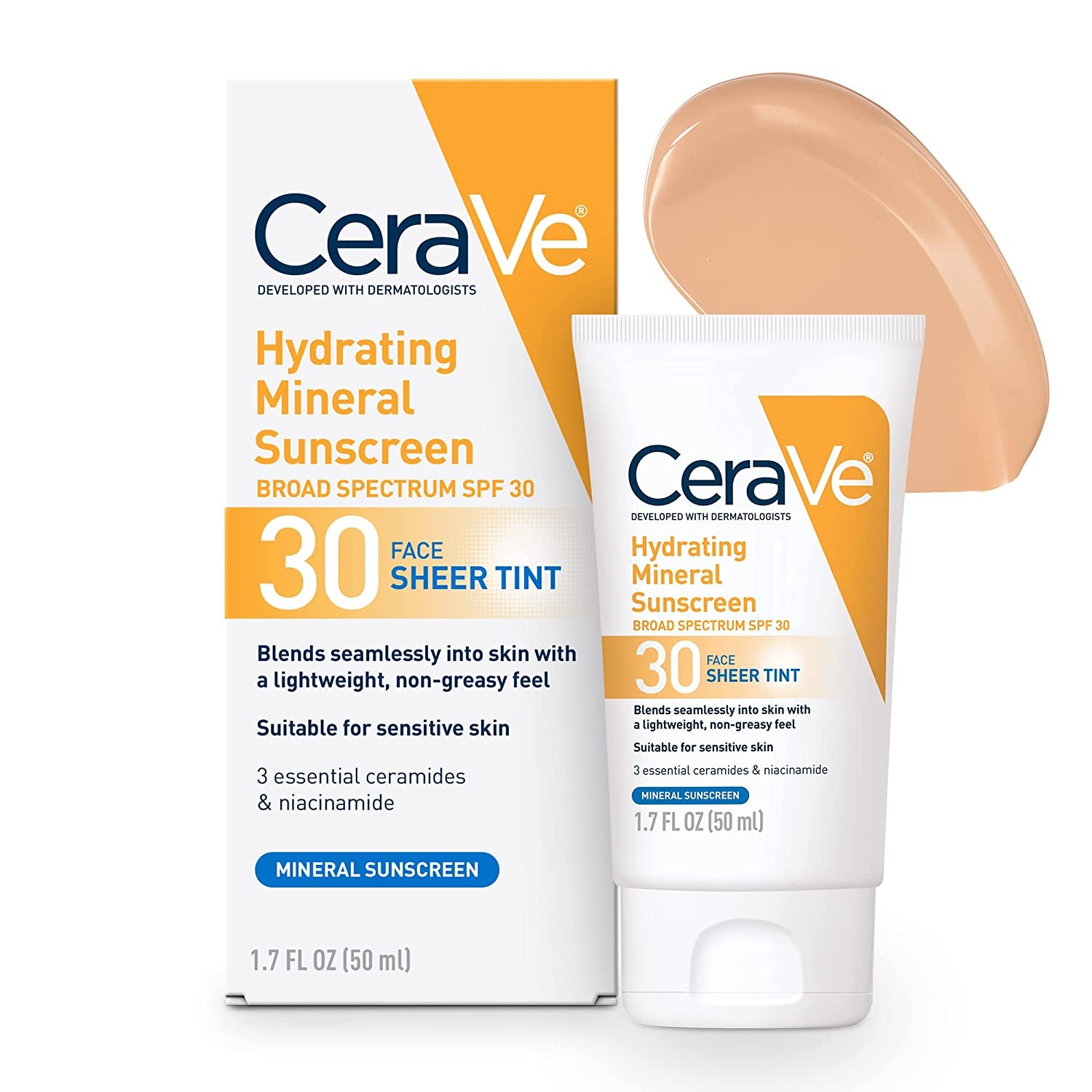
Dark patches around your mouth and face can feel like an uphill battle, especially when you’re doing everything right with your skincare routine. The truth of the matter is that no matter how many brightening serums you apply, skipping sunscreen will set you back to square one. UV exposure is the primary culprit that darkens existing hyperpigmentation and triggers new spots to form.
Hence, dermatologists frequently emphasize that, along with targeted products that address hyperpigmentation, one should also choose the best sunscreen for their face. This helps reduce further discoloration while promoting a more even skin tone. Let us detail how you can pick the right one for your needs to manage dark patches effectively.
Is Sunscreen Important for Treating Hyperpigmentation?
Yes, sunscreen is an absolutely crucial part of your daily skincare routine. Prolonged ultraviolet (UV) exposure acts as a stressor and the most common trigger for aggravated melanin production in the skin. This happens because UV radiation activates melanocytes, the cells responsible for producing pigment in your skin. The process then leads to irregular patches, making dark spots more pronounced over time. Even minimal exposure can potentially make hyperpigmentation around the mouth and cheeks significantly darker.
The frustrating part? You can’t see the damage happening in real-time. By the time those dark spots appear or worsen, the UV damage has already occurred deep within your skin layers. This is why dermatologists emphasize that sunscreen isn’t optional when treating hyperpigmentation, but a foundation of any effective treatment plan.
Key Factors in Selecting the Best Sunscreen for Face
Here’s what you need to look for when choosing the best sunscreen for face with dark patches and spots:
- Seek broad-spectrum formulas as they protect against both UVA and UVB rays.
- Look for SPF 30 or higher, though SPF 50 offers better protection than the former for hyperpigmented skin.
- Regular application and reapplication (especially after sweating or swimming) is always recommended for undeterred protection. Even the best sunscreen can lose its effectiveness throughout the day, so consistent usage matters.
- Pick from formulations that best suit your skin tone and type. If you want a mineral sunscreen and don’t mind the white cast, then look for sunscreens containing zinc oxide or titanium dioxide.
- Individuals with sensitive skin or who struggle with acne or clogged pores should look for sunscreens marked as non-comedogenic. This helps reduce the risk of breakouts that can sometimes lead to post-inflammatory hyperpigmentation.
- Combine makeup with tinted sunscreens. These tinted formulas are formulated to color-correct and protect skin at the same time, helping camouflage dark spots with optimal coverage.
Sunscreen Application Tips That Actually Make a Difference
Targeting hyperpigmentation effectively requires a combination of protective measures and a well-structured skincare regimen. For starters, begin with these:
- Layer products mindfully to support barrier health and reduce pigmentation. Begin your routine with a cleanser, follow with treatments containing ingredients like thiamidol, niacinamide or azelaic acid. Thereafter, apply moisturiser and sunscreen for best results.
- Moisturize your skin regularly since a well-hydrated skin barrier can support an even complexion. Choose moisturizers that complement your sunscreen, reduce dryness and promote an overall smoother texture.
- Apply sunscreen as the final step of your morning skincare routine, waiting three to five minutes before makeup application. This prevents pilling and ensures proper absorption.
Conclusion
Selecting the best sunscreen for hyperpigmentation involves looking for ingredients that block UV rays, minimize irritation, and even out skin tone. Broadspectrum sunscreens, non-comedogenic formulas, and those with antioxidants can help slow the progression of dark spots and reduce the likelihood of new ones appearing. By making thoughtful choices and following simple yet consistent steps, you can address hyperpigmentation around the mouth and throughout the face. This approach goes a long way in achieving a smoother, more radiant complexion.






